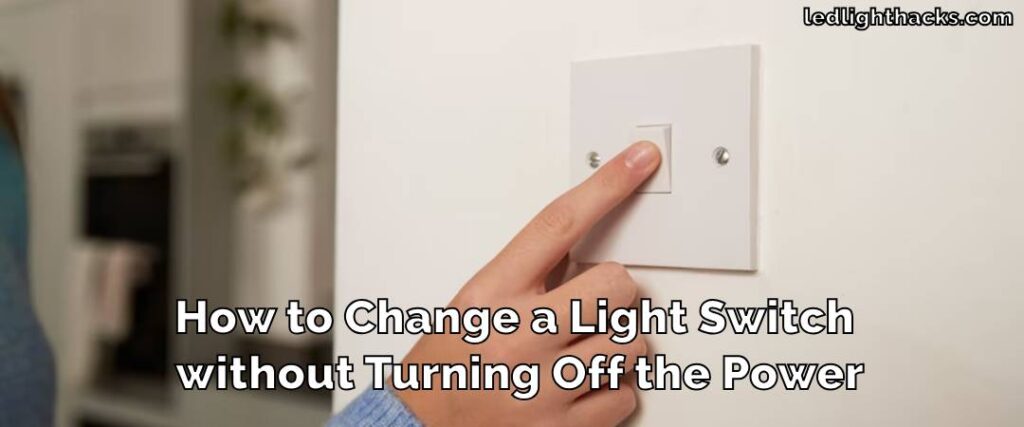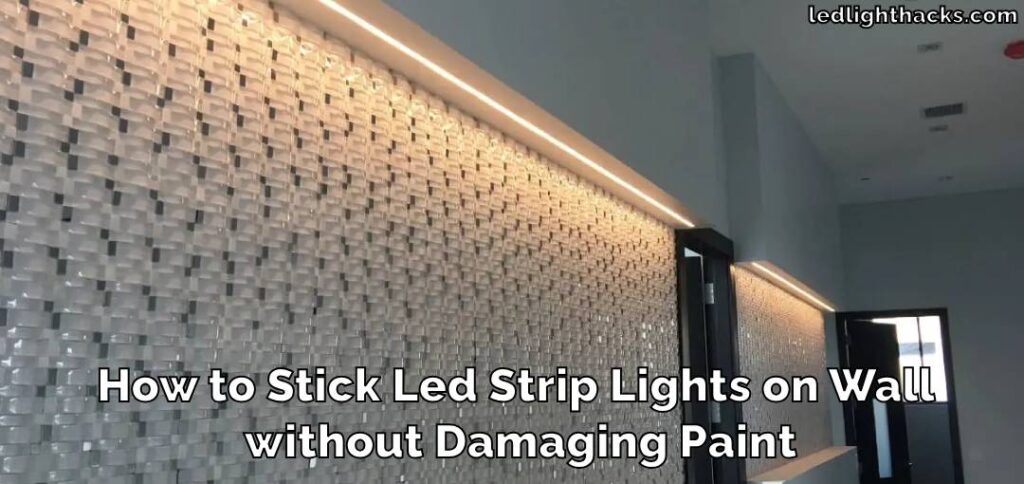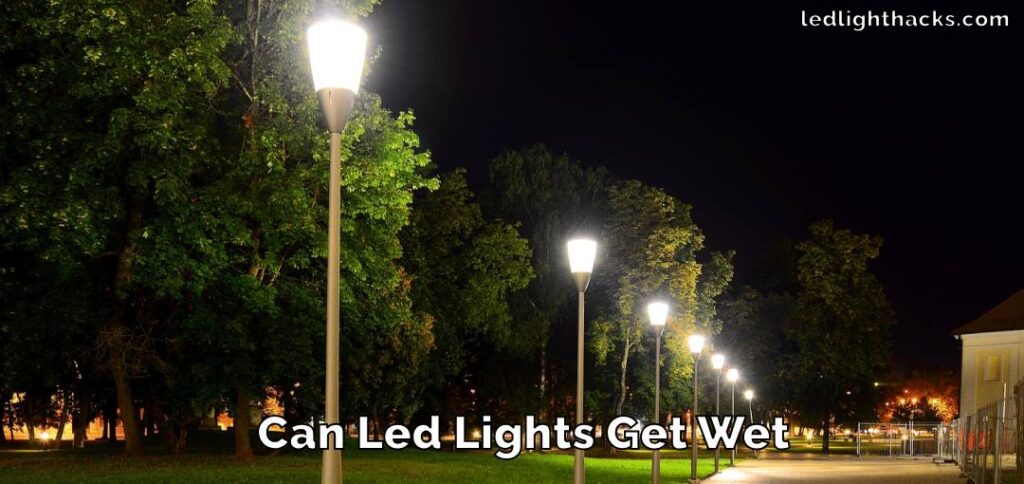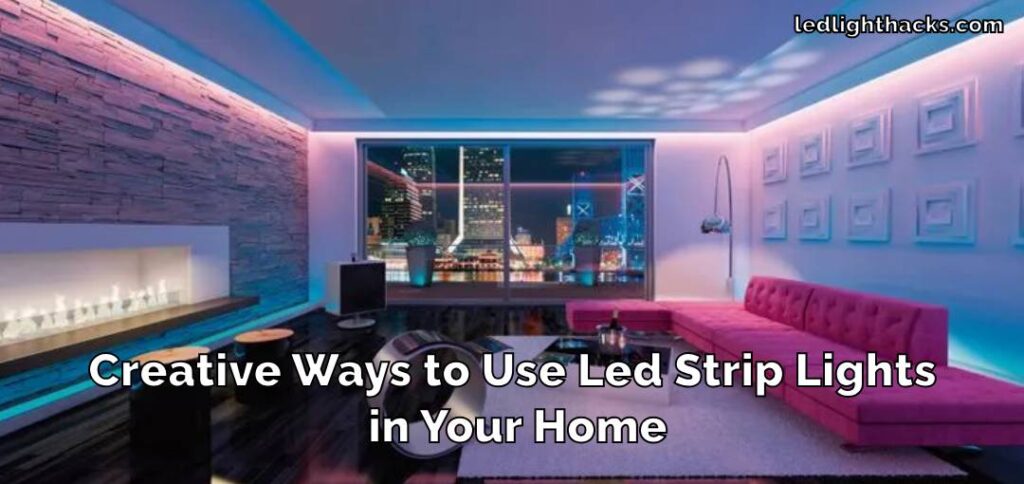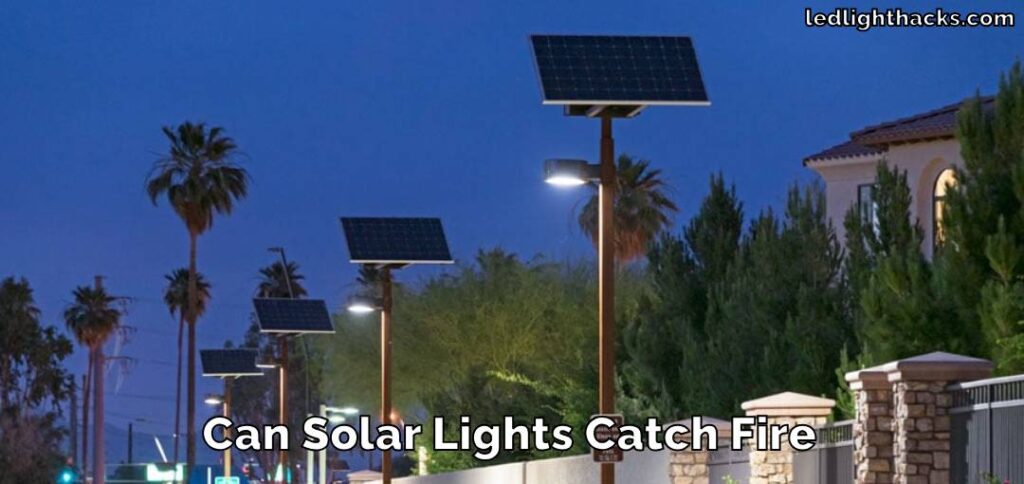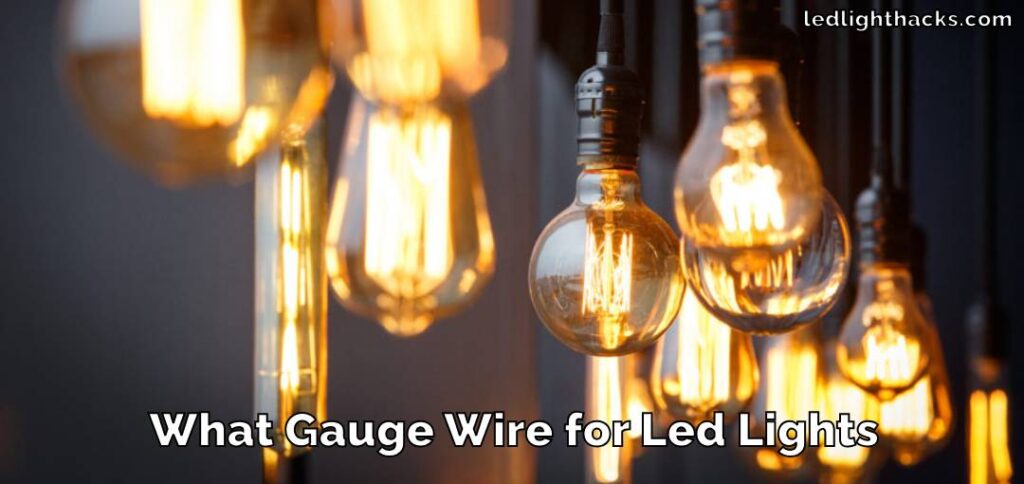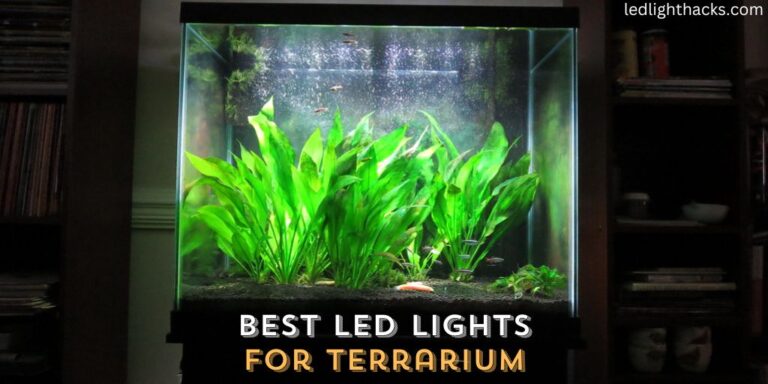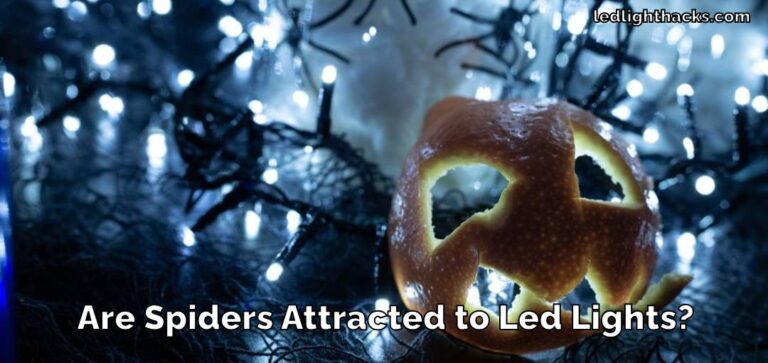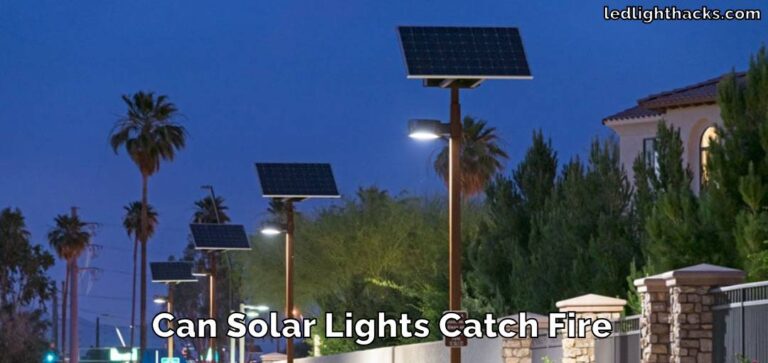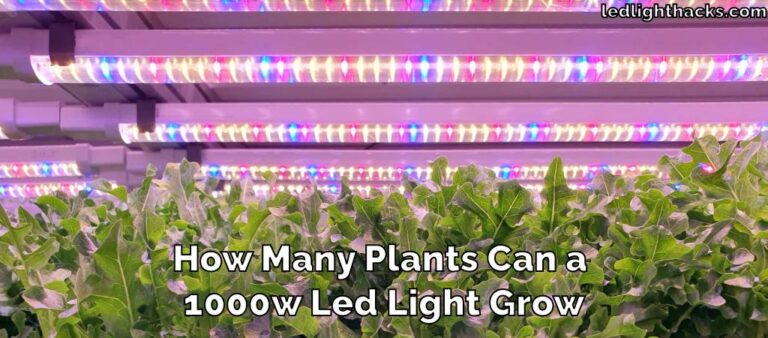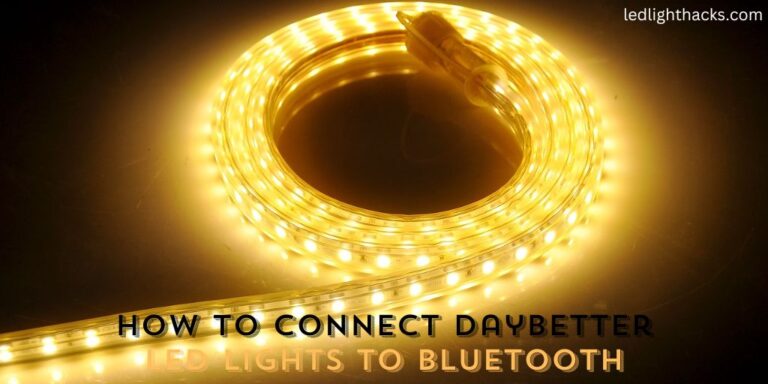How to Make LED Lights Stick
LED lights have become a big part of our lives because they save energy and can be used in many creative ways. They can make our living rooms cozy, help us see the way in our cars, and make celebrations more fun.
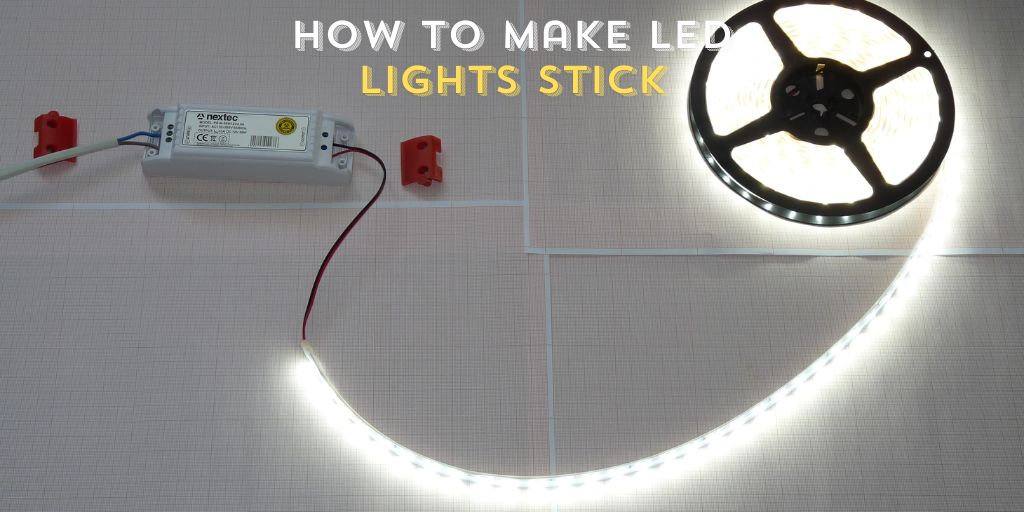
But, for LED lights to work their best, they need to be properly attached. If they’re not, they could ruin the mood or even be unsafe. That’s why understanding how to make LED lights stick well is important. This guide will teach you just that, so your LED lights can shine bright and safely wherever you put them.
What is an LED light stick?
The term ‘LED lights stick’ might sound technical, but it simply refers to how well LED light strips or individual bulbs attach and stay in place on various surfaces.
These lighting strips are usually designed to be slender, flexible, and equipped with an adhesive backing. Think of it like a tape; just peel and stick wherever you need the light. The adhesive plays a crucial role.
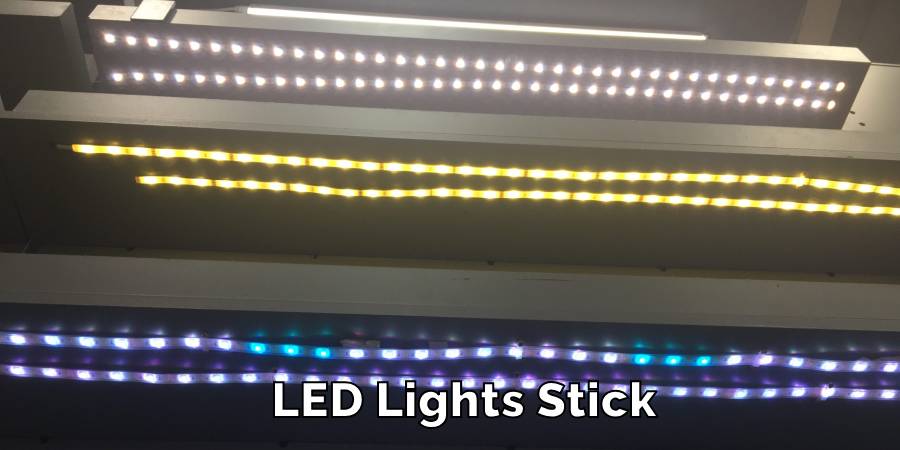
It needs to be strong enough to hold the light strip firmly, ensuring it doesn’t sag or fall off over time, especially in areas where there’s a lot of movement or external factors like moisture. Yet, the LED lights’ versatility doesn’t end with just sticking them. Their design allows them to be cut, bent, and even shaped to fit the specific requirements of a space.
This flexibility has made them a favorite for various uses, from under-cabinet lighting in kitchens to accentuating architectural features in commercial spaces. But regardless of where they’re used, the principle remains the same: they need to stick well.
Proper adherence not only ensures the lights function as intended but also contributes to a tidy and polished look, devoid of any dangling or misaligned strips.
Tools We Need to Make LED Lights Stick
When working with LED light strips or bulbs, ensuring they remain securely in place is essential. While some LED strips come with their own adhesive backing, there are situations where you might need a bit more than just the provided adhesive, especially for long-term placements or in challenging environments. To help, here’s a list of tools and materials that can be used to ensure your LED lights don’t budge:
- Adhesive tape: A basic tool for temporary placements or easy adjustments.
- Double-sided tape: Offers a firmer hold for most surfaces.
- Clips or brackets: Great for neatly organizing and holding LED strips in place.
- Superglue or adhesive promoters: For a stronger, more permanent bond.
- Velcro strips: Allows for easy adjustments or removal without leaving residues.
- Zip ties: Perfect for bundling LED wires or attaching strips to poles or frames.
- Alcohol wipes or cleaning solutions: Important for prepping the surface, ensuring it’s clean and free of dust or oils.
- Silicone sealant: Useful for outdoor installations, providing both adherence and protection from the elements.
Securing your LED lights properly is as crucial as their placement. Using the right tools ensures your lighting stays in place, looking clean and professional, while also preventing any potential mishaps or damages. Choose your tools based on the specific needs and location of your installation, and watch your space shine brightly!
How to Make LED Lights Stick
To make sure your LED lights stay where you put them, you need to attach them properly. Here’s how you can do it, whether you’re working inside, outside, or in places that might be a bit tricky.
Using the Built-in Adhesive
Most LED strips come with adhesive already on the back. First, clean the spot where you’re going to put the strip. Use alcohol wipes or a cleaning solution to get rid of dust and grease. This helps the adhesive stick better. Then, peel off the cover that’s protecting the sticky part of the LED strip. Put the strip where you want it and press down firmly to make sure it sticks well.
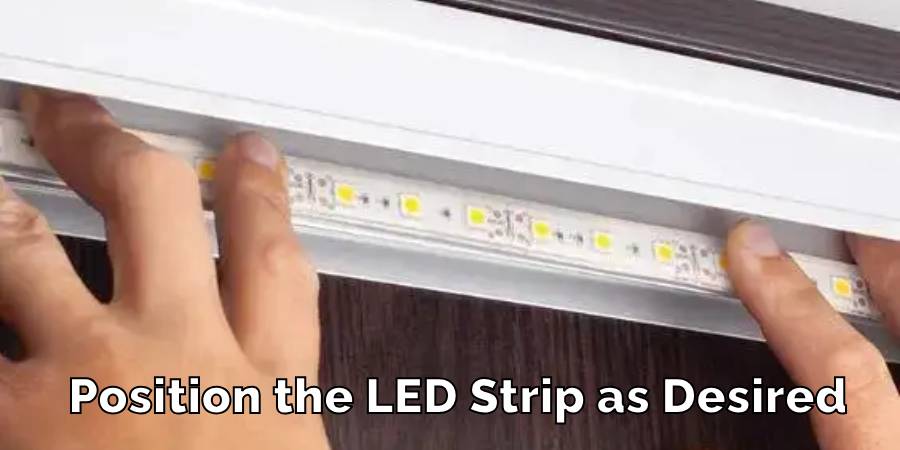
Double-Sided Tape
If the surface is rough or uneven, double-sided tape can give you extra sticking power. Cut and put strips of double-sided tape on the back of the LED strip, covering it well. Take off the protective layer, stick the strip to your chosen place, and press down evenly.
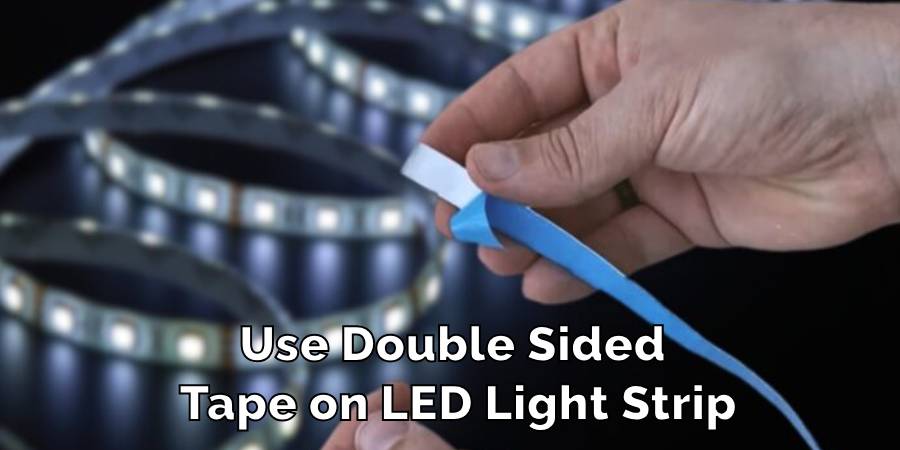
Velcro Strips
Velcro is great for when you want to move your LED strips around or if it’s just a temporary setup. Stick one side of the Velcro to the strip and the other side to where you’re putting the light. Then, just press them together.
Using Clips or Brackets
For areas with a lot of movement or outside elements, clips or brackets can hold your LED strips in place more securely. Attach the clip or bracket to the surface, then put the LED strip in. You might screw these in or use their own adhesive to stick them down.
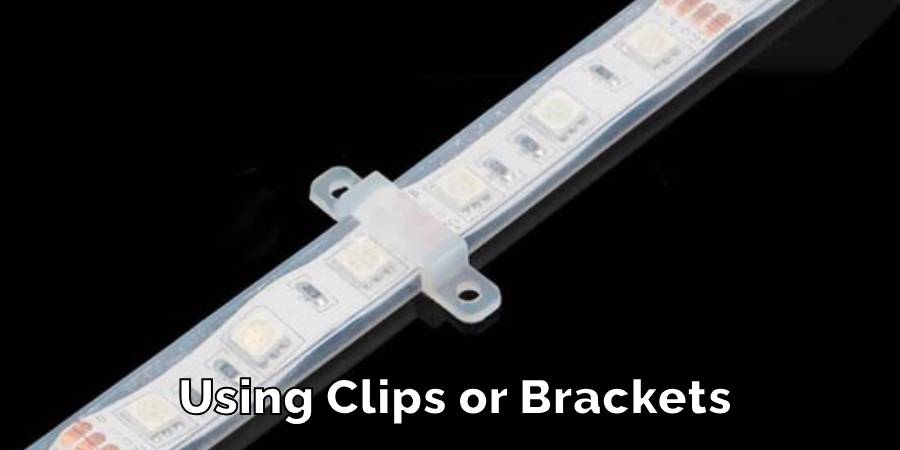
Superglue or Adhesive Promoters
When you need a more permanent fix or if regular adhesives won’t stick, a little bit of superglue or an adhesive promoter can do the trick. Just be careful not to use too much. Apply it to the back of the strip, stick it down, and hold it for a few seconds.
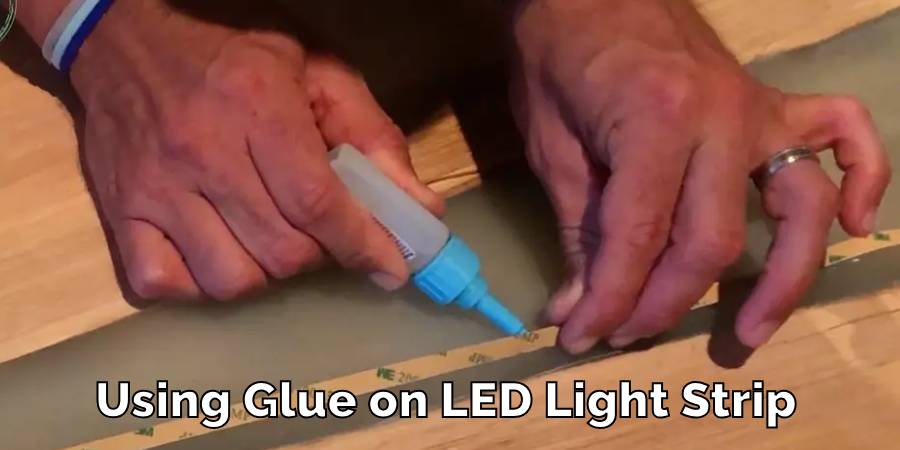
Zip Ties
For outdoor areas or attaching LED strips to poles or other round objects, zip ties work well. Wrap a zip tie around the LED strip and the object, pull it tight, and then cut off the extra bit.
Silicone Sealant
If you’re putting LED strips outside or in damp places, silicone sealant can keep them in place and protected from moisture. Put a thin line of sealant on the surface, press the LED strip into it, and let it dry as directed.
Enhancing Built-in Adhesive with Adhesive Promoters
Sometimes, the adhesive that comes on the LED strips isn’t strong enough on its own. In that case, brushing an adhesive promoter on the surface before sticking the strip down can help it stay put better.
Choosing the right way to attach your LED lights depends on where you’re putting them and how long you want them to stay there. Each method has its own benefits, so think about what you need before you start.
Precautions While Making LED Lights Stick
Before you start, it’s vital to prepare the surfaces. Cleanliness is key, so always make sure the area where you’ll stick the LED lights is free from dust, oil, or any other particles that might interfere with adhesion.
When you’re ready to attach the LED strips, handle them with care. Pressing too hard or roughly can damage the lights or the circuitry.
If your method involves chemicals, glues, or any other adhesives, work in a well-ventilated space to avoid inhaling any fumes.
Superglue is a powerful adhesive, but it can leave marks or even damage certain surfaces. To prevent this, always do a patch test on a hidden area before using it extensively.
Lastly, LED strips are designed to be flexible, but that doesn’t mean they should be overstretched. When applying, ensure you lay them out naturally without pulling too hard, as this can strain the lights and reduce their lifespan.
Following these precautions will ensure your LED lights are not only set up properly but also last for a long time, providing consistent and beautiful lighting.
FAQ’s
How Do You Make LED Lights Stick Without Tape?
While tape is a common method for adhering to LED lights, there are plenty of other effective ways. Velcro strips are handy if you plan to move the lights or take them down occasionally. Clips and brackets are ideal for securing LED strips in particular patterns or ensuring they stay put in high-traffic areas.
For a more permanent bond, superglue can be used; however, it’s essential to test on a small section first to ensure it doesn’t damage the strip or the surface. Lastly, silicone sealants can be beneficial, especially for LED strips that might be exposed to moisture or used outdoors.
What Kind of Glue to Use on LED Lights?
Superglue can be effective, but always ensure it doesn’t react negatively with the LED strip or the surface you’re sticking it to. Clear silicone sealants are also a good choice, especially since they can offer a degree of water resistance and are typically transparent, which won’t hinder the light’s glow.
Do LED Strips Have Glue?
Yes, many LED strips come with their own adhesive backing right out of the box. This built-in adhesive varies in strength and quality. While it’s convenient, in some cases, you might need supplemental adhesive methods, especially for more demanding setups or surfaces.
Do LED Lights Come Sticky?
Most LED light strips are designed for easy application. As such, they often come with a pre-applied adhesive back, making installation straightforward. Simply peel off the protective layer and stick it to your desired location. But it’s always a good idea to clean the surface first for the best stick.
Can LED Lights Be Wet?
LED lights’ ability to handle moisture depends on their design. Some LED strips are specifically designed to be water-resistant or even waterproof, making them suitable for outdoor use or in areas like bathrooms. However, not all LEDs are made equal.
Before placing any LED light in a moist or wet environment, it’s crucial to check the manufacturer’s details or the product specifications. Exposure to water without the necessary protection can reduce the light’s lifespan and may even pose safety risks.
When working with LED lights, understanding the different ways to make them stick and knowing their limitations is key to a successful setup. Whether you’re decorating a room or lighting up an outdoor space, ensuring your LEDs are securely attached and protected will keep them shining brightly for years to come.
Conclusion
Securing LED lights effectively ensures they provide the desired aesthetic effect while also ensuring their longevity. With various methods available, from using the built-in adhesive to applying external securing tools, you can achieve a professional look effortlessly.
Always prioritize the safety and health of the LED lights, ensuring they shine bright and enhance your space for years to come.
You may read also – How to Remove LED Lights Without Peeling Paint
How to Change a Light Switch without Turning Off the Power
Mastering the skill of changing a light switch without turning off the power holds great…
How To Stick LED Strip Lights On Wall Without Damaging Paint
LED light strips have surged in popularity, adorning homes and spaces with their vibrant colors…
Can Led Lights Get Wet
LED lights are everywhere, from homes to city streets, known for their efficiency and brightness….
Creative Ways to Use LED Strip Lights in Your Home
LED strip lights, those brilliant strips of technology, serve as a beacon of innovation in…
Can Solar Lights Catch Fire
Solar garden lights are your go-to pal for lighting up your backyard oasis while keeping…
What gauge wire for LED lights
When diving into LED lighting, one aspect that might not catch your eye at first…

